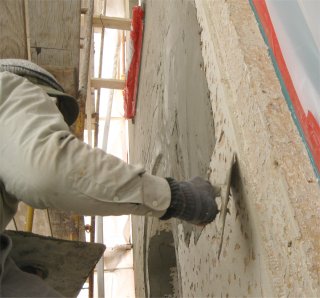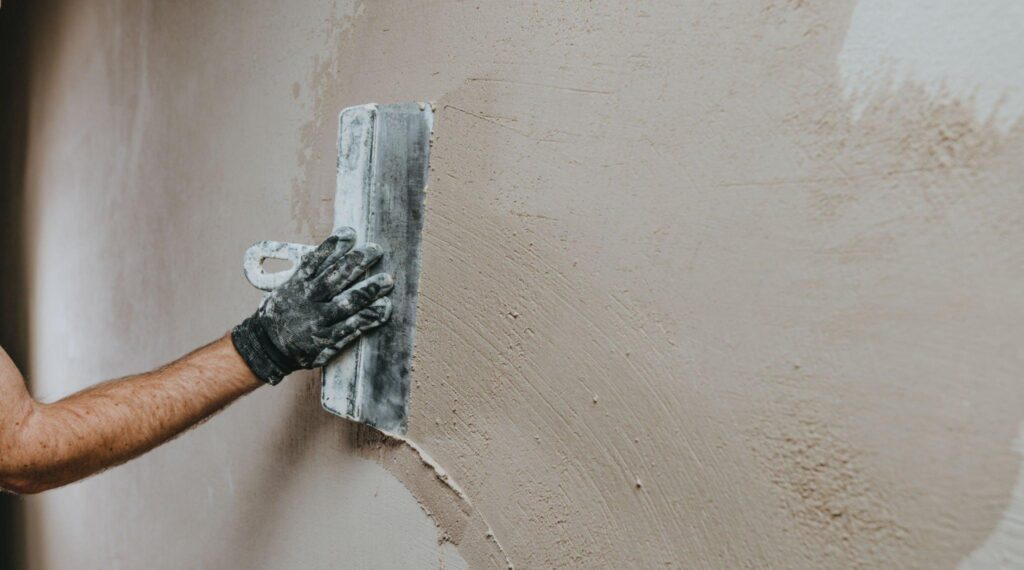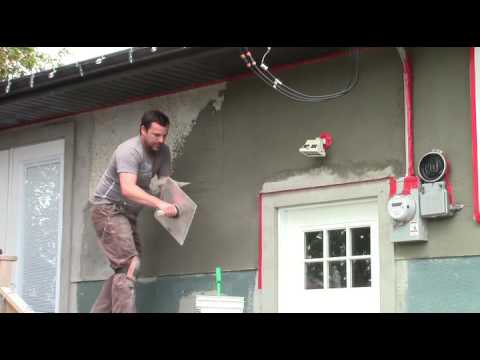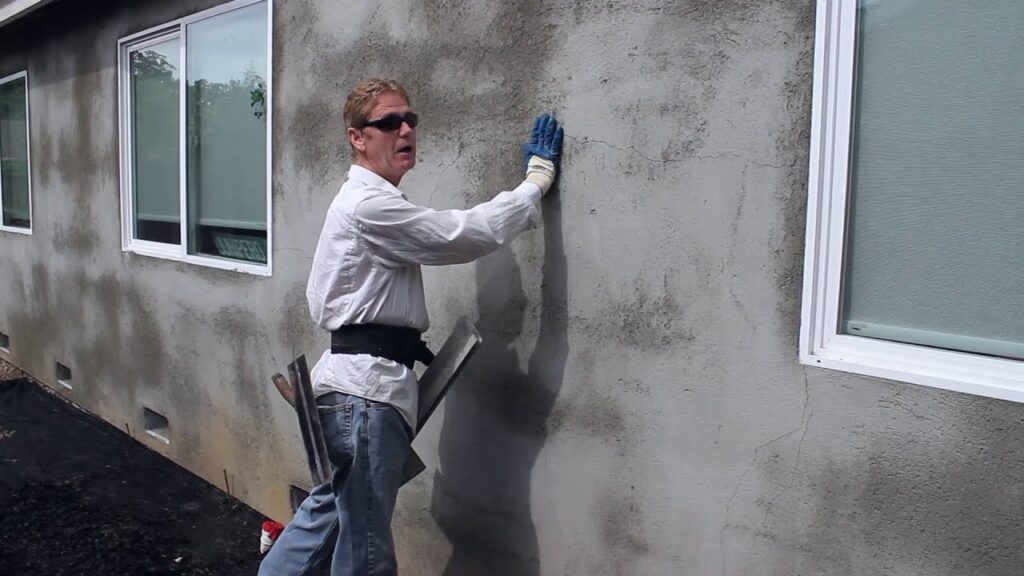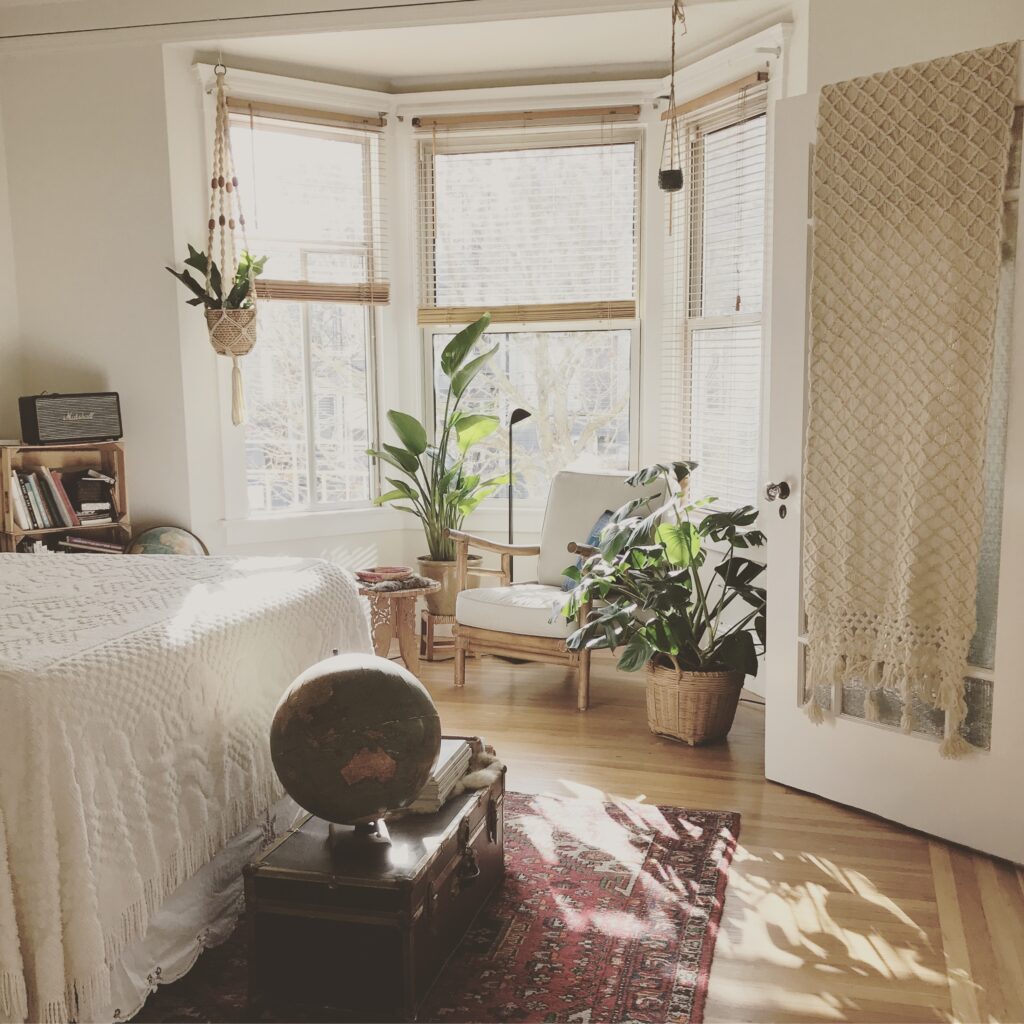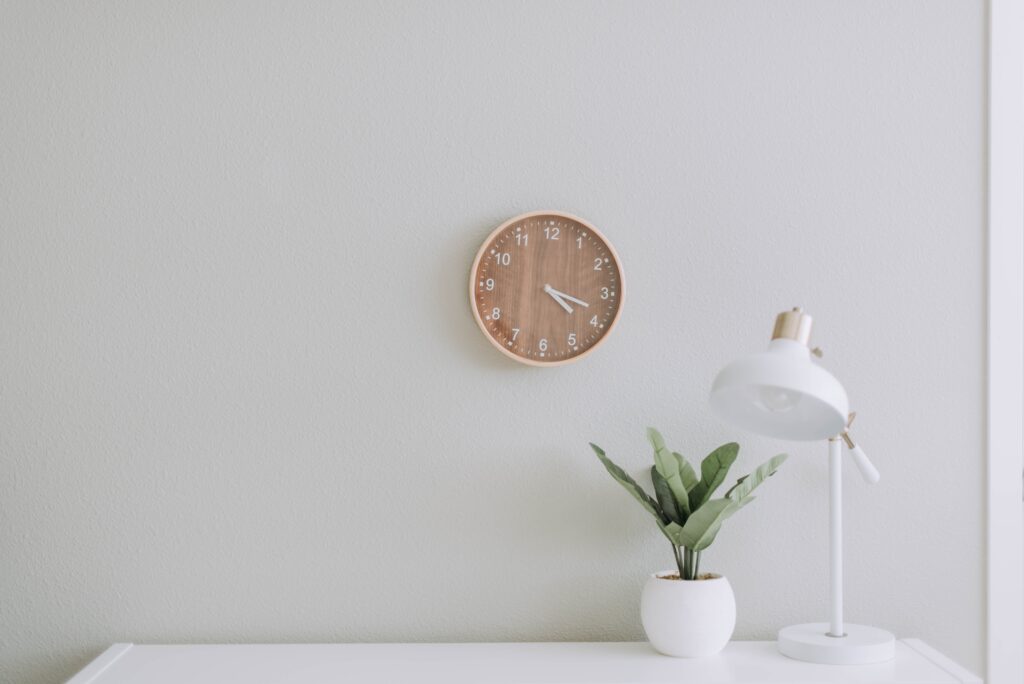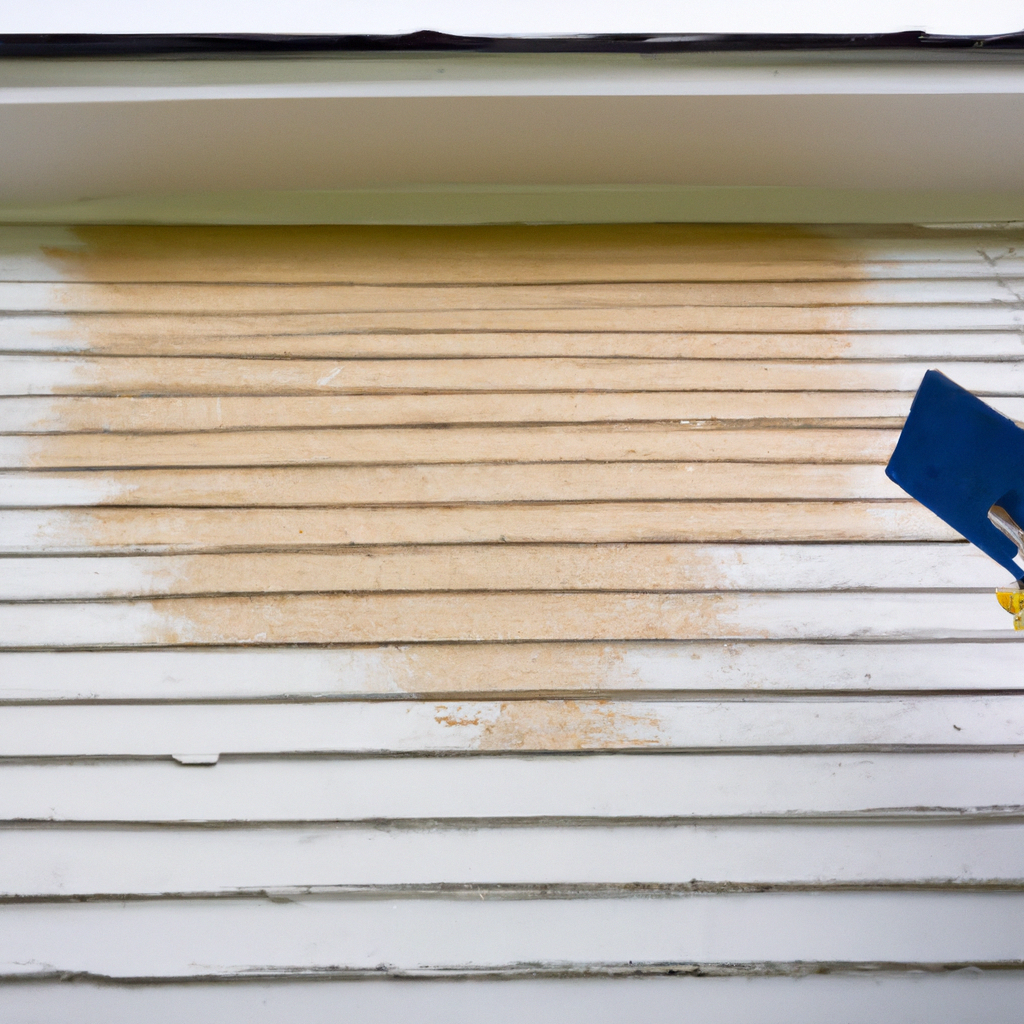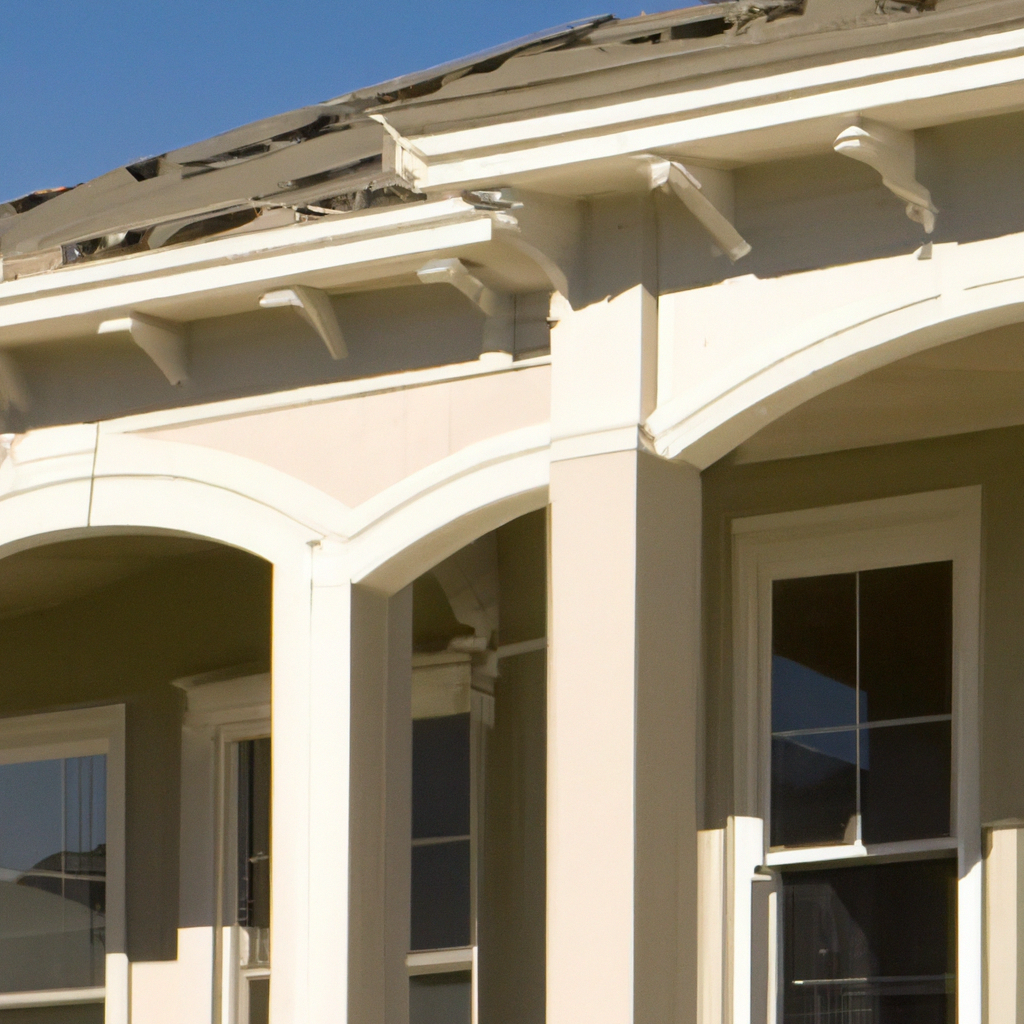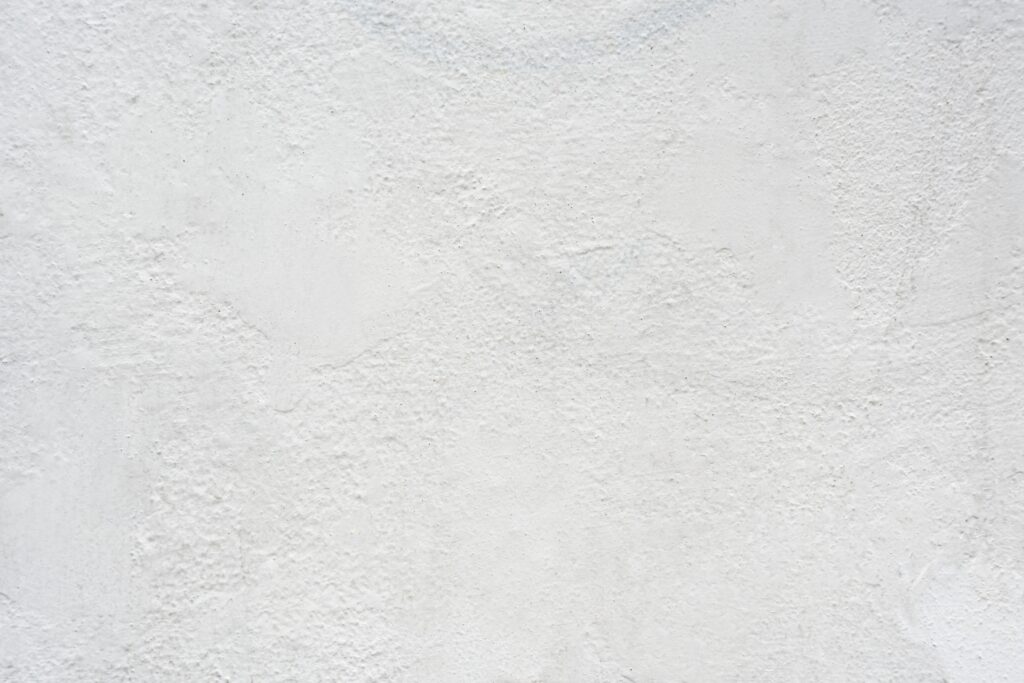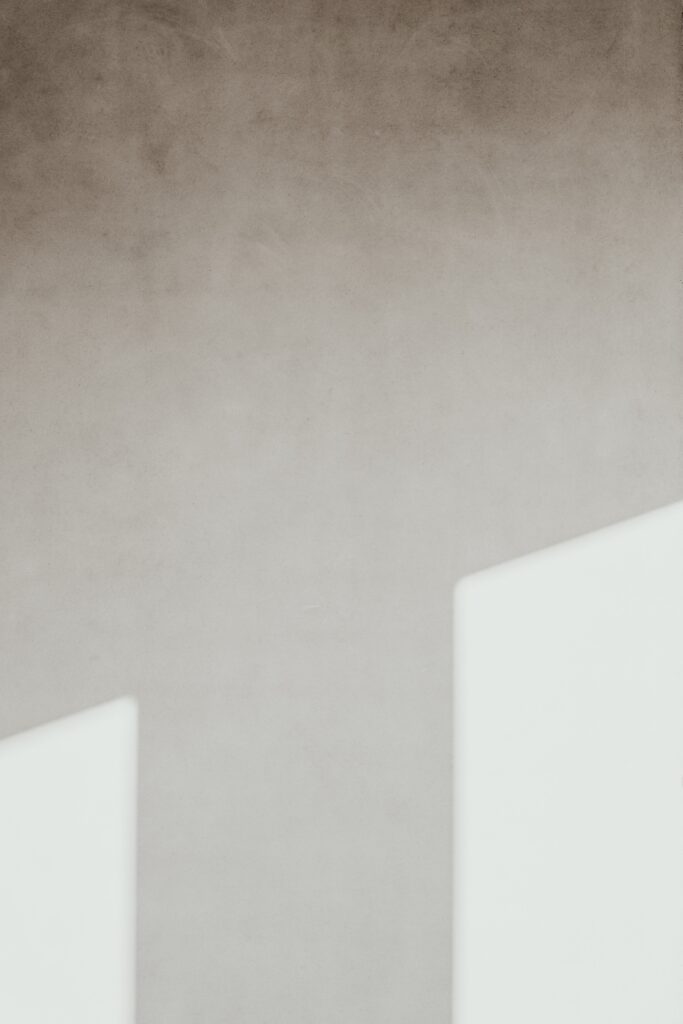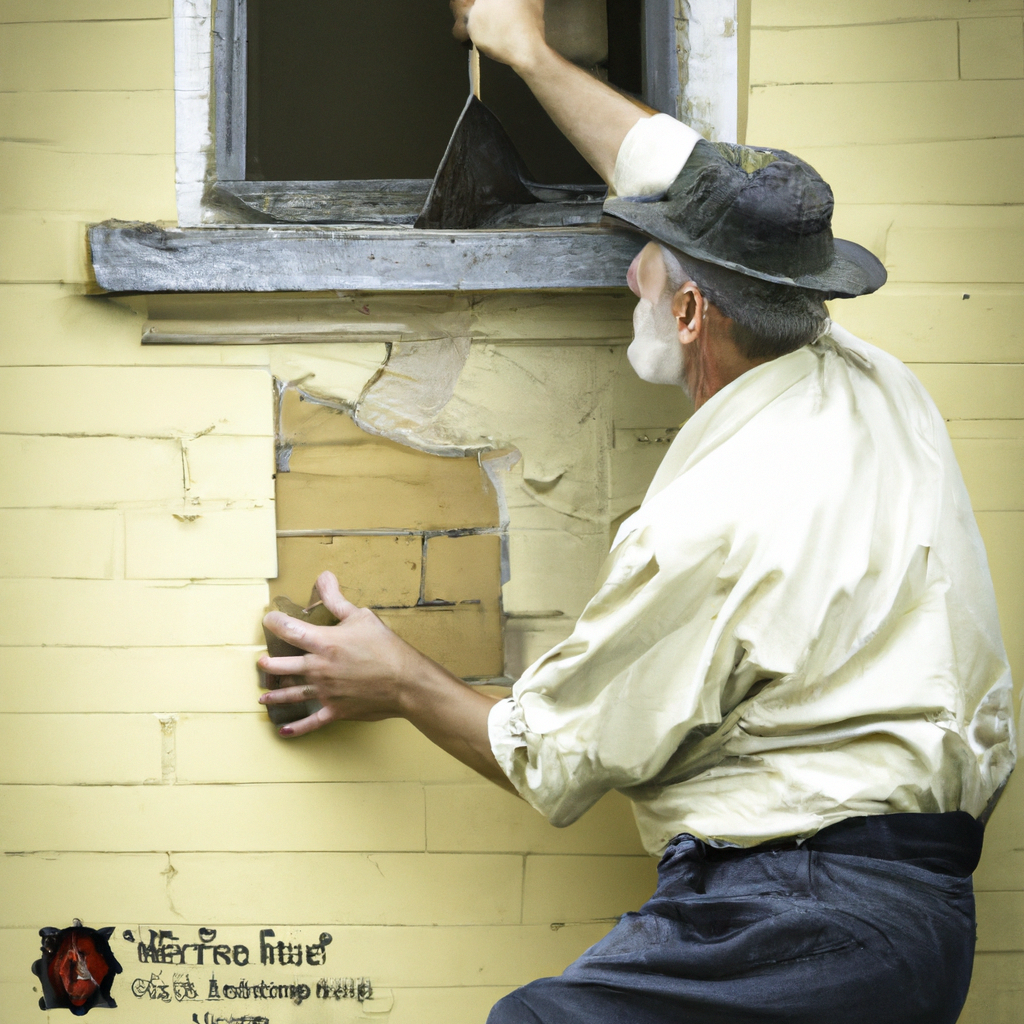You’ve noticed a small but persistent leak in your home, and you’re eager to find a solution. Look no further than “Stucco Leak Repair.” Whether it’s a tiny crack or a significant breach in your stucco siding, our team of experts is equipped with the knowledge and experience to provide you with a reliable and lasting fix. Say goodbye to those worrisome drips and hello to peace of mind. Trust “Stucco Leak Repair” to restore your home’s beauty and protect it from any future water damage.

Overview of Stucco Leaks
Stucco leaks can be a significant problem for homeowners. When water seeps into the stucco siding, it can cause damage to the underlying structure, leading to costly repairs and potential health hazards. In this comprehensive article, we will discuss the causes and signs of stucco leaks, provide tips for prevention and maintenance, guide you through the process of identifying the source of a leak, and offer insights into repairing stucco leaks. Additionally, we will explore the advantages of hiring a professional versus undertaking a DIY project and address common questions related to stucco leak repair. By the end, you will have a thorough understanding of stucco leaks and be equipped with the knowledge to tackle any issues that may arise.
Causes of Stucco Leaks
Before we delve into the prevention and repair of stucco leaks, it’s essential to understand the common causes of these leaks. There are several potential culprits, including improper installation, cracks in the stucco, and inadequate sealing around windows and doors. When stucco is not installed correctly, water can penetrate the surface, leading to leaks over time. Similarly, cracks can develop in the stucco due to natural settling of the building or extreme weather conditions, allowing water to infiltrate. Additionally, if the caulking and sealing around windows and doors are deteriorating or were not properly applied during installation, water can enter through these vulnerable areas. By identifying the cause of the stucco leak, you can take appropriate measures to prevent further damage and address the issue effectively.
Signs of a Stucco Leak
Detecting a stucco leak early on is crucial to minimize potential damage. There are several telltale signs that you should be aware of. One of the most obvious signs is the presence of water stains or discoloration on the interior walls near the stucco siding. These stains may appear as brown or yellowish marks and could be an indication that water has penetrated the stucco and is seeping into the wall cavity. Another common sign is the development of mold or mildew on the interior walls, which thrives in damp environments. If you notice a musty odor or experience an increase in allergy symptoms, it could be due to the presence of mold caused by a stucco leak. Cracking or peeling paint on the stucco surface may also suggest water damage. Finally, if you observe bulging or soft spots on the stucco, it could be a sign of extensive water infiltration. Being vigilant and recognizing these signs will allow you to address the issue promptly and prevent further damage.
Prevention and Maintenance
To avoid the headache and expense of dealing with stucco leaks, it is crucial to take preventive measures and perform regular maintenance on your stucco siding. The following steps will help you keep your stucco in excellent condition and minimize the risk of leaks.
Proper Installation of Stucco
The key to preventing stucco leaks starts with proper installation. Whether you are constructing a new home or renovating an existing one, it is essential to hire experienced professionals who are knowledgeable in stucco installation. They will ensure that the stucco is applied correctly, with the right mixture of materials and appropriate techniques. Investing in quality workmanship during the installation phase will save you from potential headaches and costly repairs down the line.
Routine Inspections
Regular inspections of your stucco siding are vital to catch any potential issues before they escalate into significant problems. Schedule annual inspections with a professional contractor who specializes in stucco to thoroughly assess the condition of your siding. They will be able to identify any cracks, areas of weakness, or signs of water infiltration. In addition to professional inspections, you should also perform visual inspections yourself periodically. Look out for any discoloration, cracks, or bulging spots on the stucco surface. By catching these issues early, you can address them promptly and prevent further damage.
Caulking and Sealing
Proper caulking and sealing around windows, doors, and other penetrations in the stucco are crucial to prevent water from seeping in. Check the caulking regularly and replace any deteriorating or cracked caulking promptly. You may also need to reseal areas around windows and doors if the original sealant has deteriorated. By maintaining a watertight barrier around these vulnerable areas, you can significantly reduce the risk of stucco leaks.
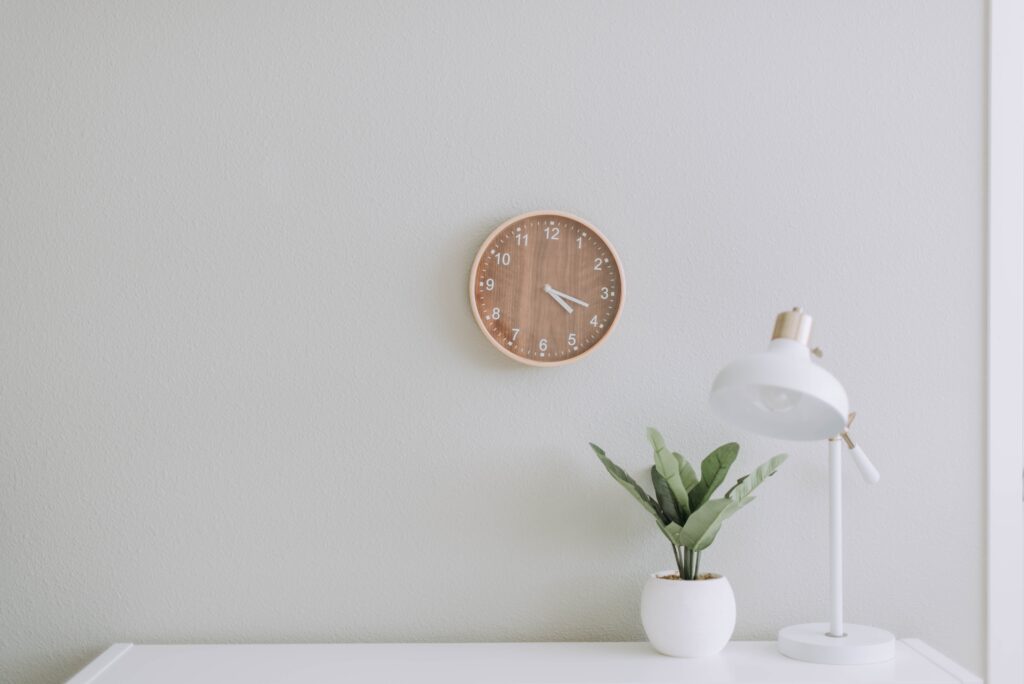
Identifying the Source of the Leak
When you suspect a stucco leak, it is essential to identify the source accurately to determine the appropriate course of action for repairs. Conducting both exterior and interior inspections will help you pinpoint the origin of the problem.
Exterior Inspection
Begin by thoroughly examining the exterior of your stucco siding. Look for any visible cracks, gaps, or areas where the stucco has deteriorated. Pay close attention to areas around windows, doors, and other penetrations, as well as corners and joints. Water often finds its way into these vulnerable spots. Use a flashlight to inspect the stucco closely, as some leaks may not be immediately apparent. If you identify any signs of water infiltration, note their location and severity for future repair.
Interior Inspection
After completing the exterior inspection, move indoors to determine if the leak has caused any damage on the interior of your home. Carefully examine the walls near the stucco for any signs of water stains, mold, or visible damage. Pay attention to any musty odors, as they may indicate the presence of mold caused by a stucco leak. Note specific areas of concern and document their condition with photographs or written descriptions. This information will be helpful when it comes time to repair the stucco and address any underlying damage.
Repairing a Stucco Leak
Repairing a stucco leak involves several steps to ensure a thorough and lasting fix. It is important to follow these steps carefully to prevent further damage and maintain the integrity of your stucco siding.
Determining the Extent of the Damage
Before beginning any repairs, it is crucial to assess the extent of the damage caused by the stucco leak. In some cases, the damage may be limited to the stucco surface, while in others, it may have affected the underlying substrate or even the interior walls. Carefully inspect the affected area and determine if any structural or interior repairs are necessary. For extensive damage, it may be necessary to consult a professional contractor to ensure that the repairs are handled properly.
Removing Damaged Stucco
To access the source of the stucco leak and repair it effectively, you will need to remove the damaged stucco. Use a chisel, hammer, or other appropriate tools to carefully chip away the damaged stucco, ensuring that you do not damage the underlying substrate or surrounding areas of undamaged stucco. Take your time during this process to avoid causing further harm.
Repairing the Substrate
Once the damaged stucco has been removed, it is important to inspect and repair the substrate if necessary. The substrate is the material beneath the stucco, which can range from wood panels to cement boards. If any substrate damage is present, such as rot or deterioration, it must be addressed before proceeding with the stucco repair. Consult a professional if you are unsure how to properly repair the substrate or if significant damage is present.
Applying New Stucco
With the substrate repaired, you can now proceed with applying new stucco to the affected area. It is crucial to follow the proper stucco application techniques outlined by the manufacturer or a professional contractor. This typically involves preparing the surface, applying a scratch coat, allowing it to cure, and then applying the finish coat. Ensure that the new stucco seamlessly blends with the existing stucco to maintain a uniform appearance. Once the new stucco has dried and cured, you can then repaint the area, if necessary, to match the surrounding stucco.

Hiring a Professional vs. DIY
Deciding whether to tackle a stucco leak repair as a DIY project or hire a professional is an important consideration. Several factors should influence your decision.
Considering the Complexity of the Repair
Repairing a stucco leak can range from simple fixes, such as sealing a small crack, to more complex repairs that involve removing and replacing significant sections of stucco. If the repair is relatively straightforward and you have the necessary skills and experience, a DIY approach may be sufficient. However, if the damage is extensive or if you are unsure of the proper repair techniques, it is advisable to hire a professional contractor who specializes in stucco repairs. They have the expertise and knowledge to handle complex repairs and ensure that the job is done correctly.
Assessing your Skills and Experience
Realistically assess your own skills and experience in working with stucco. If you have never worked with stucco before, attempting a repair without proper knowledge and training could result in subpar results or further damage. Evaluate your comfort level with the necessary tools and techniques involved in stucco repair. If you are unsure of your abilities, it is best to seek professional assistance.
Evaluating Safety Risks
Repairing stucco leaks can involve working at heights or using tools that may pose safety risks. Consider your physical capabilities and any potential hazards associated with the repair. If you are uncomfortable or unsure about performing the repair safely, it is best to leave it to professionals who have the necessary equipment and experience to work safely at heights and in hazardous conditions.
Cost of Stucco Leak Repair
The cost of repairing a stucco leak can vary depending on various factors. Understanding these factors will help you make an informed decision and budget accordingly.
Factors Affecting the Cost
The extent of the damage and the complexity of the repair are significant factors that impact the cost of stucco leak repair. Minor repairs, such as sealing a small crack, may be relatively inexpensive, while extensive repairs involving substrate replacement and large stucco sections can be more costly. Additionally, the location of the leak, accessibility, and the materials used will also influence the overall cost.
Average Cost of Stucco Leak Repair
While exact costs can vary, the average cost of stucco leak repair typically ranges from $500 to $2,500. This estimate includes the cost of labor, materials, and any necessary substrate repairs. Keep in mind that this is a general range, and the actual cost may be higher or lower based on the factors mentioned earlier. Obtaining multiple quotes from professional contractors will give you a better idea of the specific costs associated with your stucco leak repair project.
Frequently Asked Questions
How long does stucco repair take?
The duration of stucco repair depends on the extent of the damage and the complexity of the repair. Minor repairs can often be completed within a day, while more extensive repairs may take several days or even weeks. It is best to consult a professional contractor who can assess your specific situation and provide a more accurate timeline.
Can stucco leaks be fixed without removing the entire stucco?
In some cases, stucco leaks can be repaired without removing the entire stucco. If the damage is isolated to a small section, it may be possible to remove and replace only the affected area. However, if the damage is extensive or if it extends beyond what is visible, it may be necessary to remove a larger section of the stucco to ensure a thorough repair.
What should I do if I suspect a stucco leak?
If you suspect a stucco leak, it is essential to take action promptly. Begin by conducting a thorough inspection of both the interior and exterior for any signs of water damage or mold. Document the areas of concern and consult a professional contractor who specializes in stucco repairs. They will be able to assess the situation, identify the source of the leak, and provide guidance on the necessary repairs.
Conclusion
Stucco leaks can be a homeowner’s nightmare, causing damage to the structure of a house and potentially leading to health issues. By understanding the causes and signs of stucco leaks, implementing preventive measures and regular maintenance, and knowing how to identify and repair leaks, you can protect your home and avoid costly repairs. Whether you choose to tackle the repairs yourself or hire a professional, it is essential to act promptly and address the issue to prevent further damage. By following the advice provided in this comprehensive article, you can stay informed and equipped to handle any stucco leak that may arise. Remember, prevention and maintenance are key to keeping your stucco siding in excellent condition and ensuring a watertight and long-lasting home exterior.
